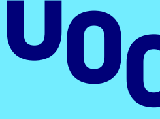Detailed introduction of the Open University of Catalunya:
Introduction and Overview
Location: Barcelona, Catalonia, Spain.
Student and Faculty Size: 7,196 academic staff, 870 administrative staff in 2022, and 104,501 students in 2023.
History and Establishment
On October 6, 1994, the Open University of Catalonia was established by a resolution of the Catalan Parliament through the public deed of the Open University of Catalonia Foundation, and on April 6, 1995 On the same day, it was legally recognized by the Catalan Parliament and became a member of the Catalan University System.
School Strength
Teaching Quality: The curriculum is flexible and diverse, taking into full account the learning needs and backgrounds of different students. It provides teaching courses in multiple languages (Catalan, Spanish and English), focusing on the combination of practice and theory. Through online learning platforms and virtual laboratories, students can perform practical operations and project practices in a virtual environment to improve their practical operation and problem-solving abilities.
Faculty: It has many excellent teachers, including 656 teachers and researchers, 208 of whom are full-time researchers. They have rich teaching and research experience in their respective fields and can provide students with high-quality education and guidance.
Scientific Research Strength: The school focuses on the study of the interaction between technology and humanities and social sciences. It has two research centers, the Internet Interdisciplinary Research Institute and the Electronic Health Center, as well as an e-learning research project and seven research projects with research branches, and has a network of more than 350 Doctoral College with 100 predoctoral researchers.
Institutional Nature
Private open university.
Educational Philosophy
Committed to providing lifelong learning opportunities, encouraging everyone who wants to improve their abilities and skills to receive university education, so as to improve the education level and skills of the whole society, emphasizing the openness, flexibility and innovation of education to adapt to the learning needs of different students and the development and changes of society.
Key Laboratories and Disciplines
Key Disciplines: Teaching and research in psychology, computer science, educational science, information and knowledge society, economics and other fields are more prominent. In the 2025 Times Higher Education World University Rankings, its computer science major is ranked 501-600, psychology major is ranked 501-600, social science major is ranked 301-400, and business and economics major is ranked 601-800.
Key laboratories: Internet Interdisciplinary Research Institute, e-Health Center.
Department Settings
There are College of Arts and Humanities, College of Economics and Business, College of Health Sciences, College of Information and Communication Sciences, College of Computer Science, Multimedia and Telecommunications, College of Law and Political Sciences, College of Psychology and Educational Sciences, etc.
Ranking
2024: 601-800 in the Times Higher Education World University Rankings.
2025: 601-800 in the Times Higher Education World University Rankings.
Ranked by Times Higher Education as the number one online university in Iberia-America, one of the top 175 youngest universities in the world, and one of the top 10 in Spain. One of the world's top universities.
In the Shanghai Ranking of World Universities, the school's communications major is ranked in the top 200 in the world, and the education major is ranked in the top 500 in the world.
Cost
Tuition fees vary by major and course. For example, the senior management course lasts for 12 months and the tuition fee is 4,475 euros. The specific fees can be found on the school's official website.
Campus environment
Virtual campus: The school has a virtual campus. All teaching activities, student services, learning resources, etc. are provided online through the Internet, including virtual classrooms, online student areas, electronic libraries, etc., creating a convenient, efficient and interactive learning environment for students.
Learning support: The school's learning model is based on three main elements: learning resources, personalized support from teachers to students, and collaboration. Through advanced technology and tools, students and teachers can maintain close contact and interaction and solve problems encountered in learning in a timely manner.
-
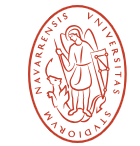
University of Navarra
-
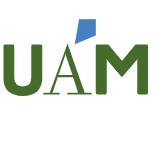
Autonomous University of Madrid
-
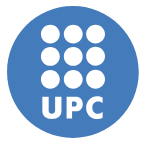
Polytechnic University of Catalonia
-

CEU University of San Pablo
-
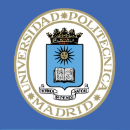
Technical University of Madrid
-

University of Lleida
-
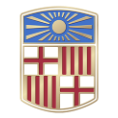
University of Barcelona
-
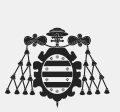
University of Oviedo
-

University of Salamanca
-
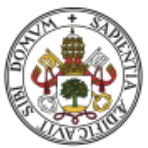
University of Valladolid
-

Mesoamerican University
-

Istmo University
-
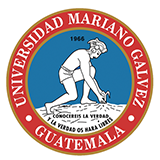
Mariano Galvez University of Guatemala
-
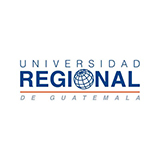
Regional University of Guatemala
-
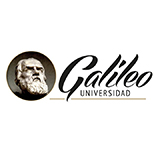
Galileo University
-
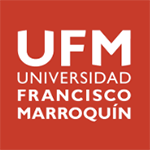
Francisco Marroquín University
-

Rafael Landívar University
-
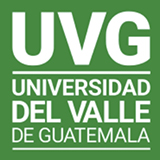
University of the Valley of Guatemala
-
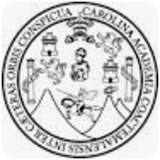
University of San Carlos of Guatemala
-

Technological Institute of Tlaxcala Plateau
-

Golfo University
-
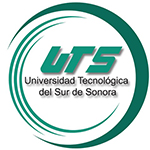
Technological University of South Sonora
-
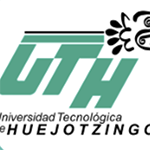
Technological University of Huejotzingo
-
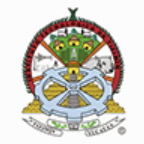
Tizimín Institute of Technology
-
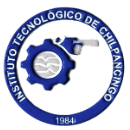
Chilpancingo Institute of Technology

